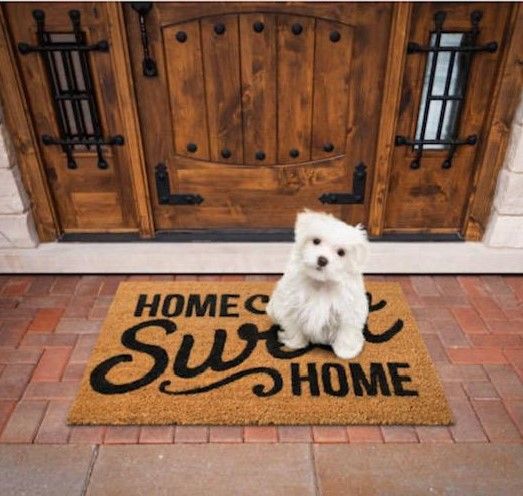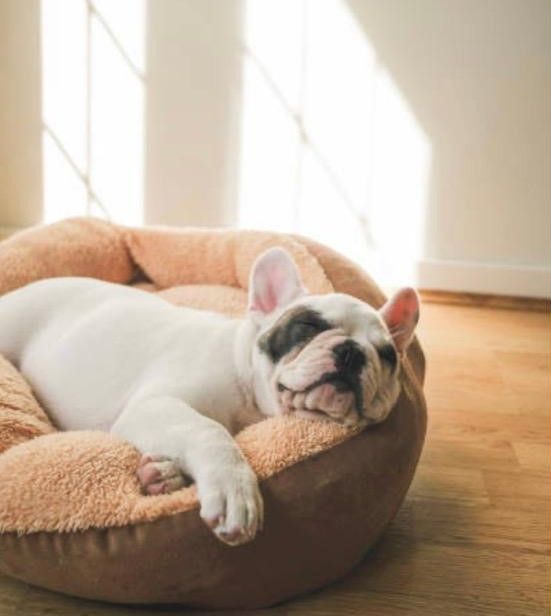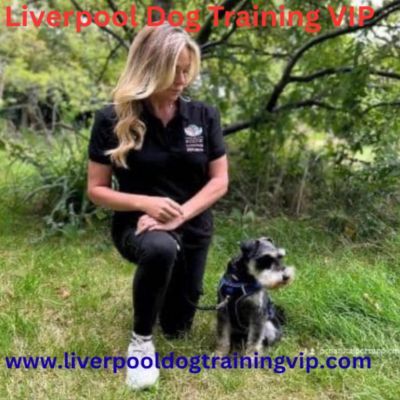What Do I Do With My Dog When My Baby Arrives?
Train Your Dog For Your New Arrival
The Having a baby is an exciting and life changing event, but it can also a source of stress and worry for pet owners. One of the biggest concerns is how to handle the transition when bringing a new baby into the home. After all, your dog has been your faithful companion for years and you don’t want to neglect them or make them feel they’re being replaced. Here are some tips on how to make sure your dog is comfortable and happy when the little one arrives.
Prepare your dog ahead of time
One of the best things you can do to prepare your dog for the arrival of new baby is to start getting them used to changes in routine ahead of time. Changes in the home can include, people coming to decorate rooms, moving things in rooms, new furniture arriving, baby's new stuff arriving, prams etc.
Prepare your dog in advance for the new arrival, for example, if you’re going to be using baby gates around the house when the baby arrives, then don’t wait until the last minute, prepare your dog gradually for the changes.
Baby gates can also be useful to put up around your home as a safety feature for when your baby arrives. I recommend you put them up in areas where your dog would usually have access to such as across the stairs, and kitchen, so you can separate your dog when you can’t supervise them. Being behind a baby gate is also a great way to get your dog used to being around you but not with you. This may be useful if you have health visitors, or visitors who are uncomfortable around dogs.
Crate training is also very useful to teach your dog, for so many reasons, again when you can’t supervise your dog around the baby or if you have lots of visitors. Do not forget it’s also nice for your dog to have their own chilled place where they can go to relax and sleep. (Don’t just put your dog in a crate without training them first) The crate should be a positive place for your dog to feel safe and chilled.
Routines can change, and as routine changes, it’s inevitable that your dogs will too. This can happen from early on in the pregnancy, such as the time you walk your dog due to your tiredness and sickness. To help your dog adjust to these changes you could try asking someone in the family to regularly walk your dog, from early on in your pregnancy so they can bond with your dog. Look into getting a dog walker with a good reputation and someone you trust with your dog. This can give your dog a routine when other changes start to happen around them.
Find some time in your daily routine to spend with your dog 121 doing something they enjoy, this could be playing with them, throwing a toy in the garden, or playing a game of tug. Keep up this new routine when the baby arrives, it only needs to last 10 minutes each day. This short activity will give your dog something to predict and help reduce any stress and anxiety.
Dog enrichment
Whilst your attention is focused on your new baby, it’s important to give your dog something to do to prevent undesirable behaviours such as barking, chewing, etc.
Giving your dog toys and enrichment to focus on will keep their brain active. This includes a food stuffed Kong, chews, snuffle mats, and lick mats. These types of activities can help relieve some energy levels as well as create positive associations when your dog is separated from you. I would start to practice this before you’re baby arrives, such as putting your dog behind the baby gate and giving them enrichment, or if your dog’s crate trained, putting them in the crate with a food-stuffed Kong.
Teaching your dog new training skills before the event
Useful behaviours you can teach your dog if they don’t already know them could be the following.
Loose lead walking next to the pram.
Door training, when visitors arrive, associate the doorbell with going to the crate, this can be done with a clicker and reward. It is a useful behaviour to teach your dog to go to their bed when you have your hands full.
Sit and be calm when visitors arrive, to avoid your dog jumping up on visitors.
There will be many noises and changes in your dog’s environment, including baby noises, crying, as well as loud toys. It’s important to introduce these types of noises early to stop your dog from being scared of them. You can start by playing baby noises, such as crying at a very low level (so that you can barely hear it yourself) for one to two minutes at a time whilst you are getting on with normal day-to-day activities. You can find noises such as these on many phone apps and CDs.
Be aware of any changes in behaviour or body language whilst playing them. This could be anything that is not normal behaviour for your dog such as hiding from noise, panting when it’s not hot, licking lips, or yawning.
Gradually increase the level of noise over time. You can also create a positive association with noises by giving a stuffed Kong or the occasional chew. Ideally, you won’t do this every time the sound plays as your dog may then expect food on cue whenever your baby cries, which is probably likely to be a lot!
First introductions
When you first come home from the hospital with your new baby, your dog will probably be very excited. The best way to carry out this first introduction is when your dog is tired after a long walk and play session. First, say hello to your dog without the baby in case they get excited and jump up at you. Later, the baby should be introduced in a quiet room where the dog has few associations, not a place where they usually sleep or eat. You could start by having someone else hold your baby while you spend time with your dog in another room. This will help them get used to hearing the sounds of a crying infant without feeling overwhelmed by the presence. Once they seem comfortable with that, you can start introducing them gradually by having someone else hold both, the baby and the dog while you give treats and praise for good calm behaviour (obviously don’t sit the dog next to the baby giving treats)
Supervision set boundaries.
Finally, your baby should never be left with your dog unsupervised not even for a second. It does not matter how well you know your dog, this includes all dogs, even those with an excellent temperament. This is where baby gates and crate training come in handy. If you have implicated this training before the baby arrives this won’t be stressful for your dog. Your baby will soon start crawling and toddling and it’s important for you to remain vigilant once they start to move about on their own. It is important to provide your dog with a safe place to rest and relax which is inaccessible to your baby.
By following these tips, you can ensure that both your dog and your new addition feel safe and secure in their home environment allowing everyone in the family to enjoy this exciting time together. If you are ever having difficulties get in contact with a dog behaviourist.
Justine Shone
JP Holistic Nutrition
www.jpholisticnutrition.com


